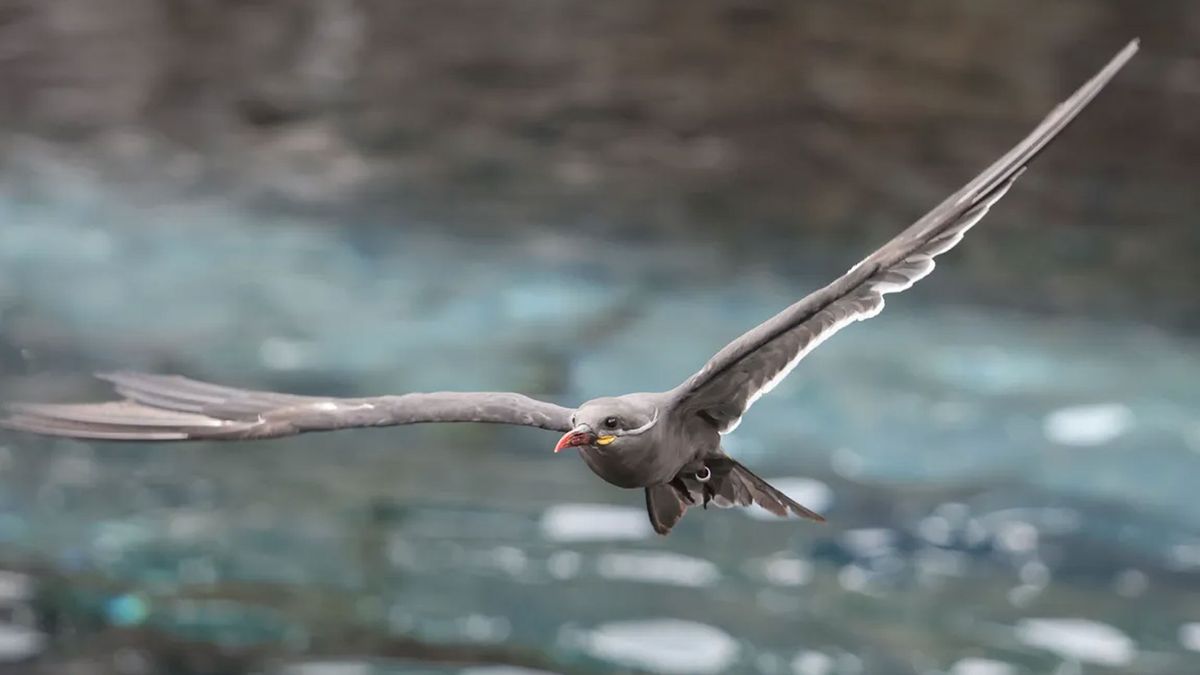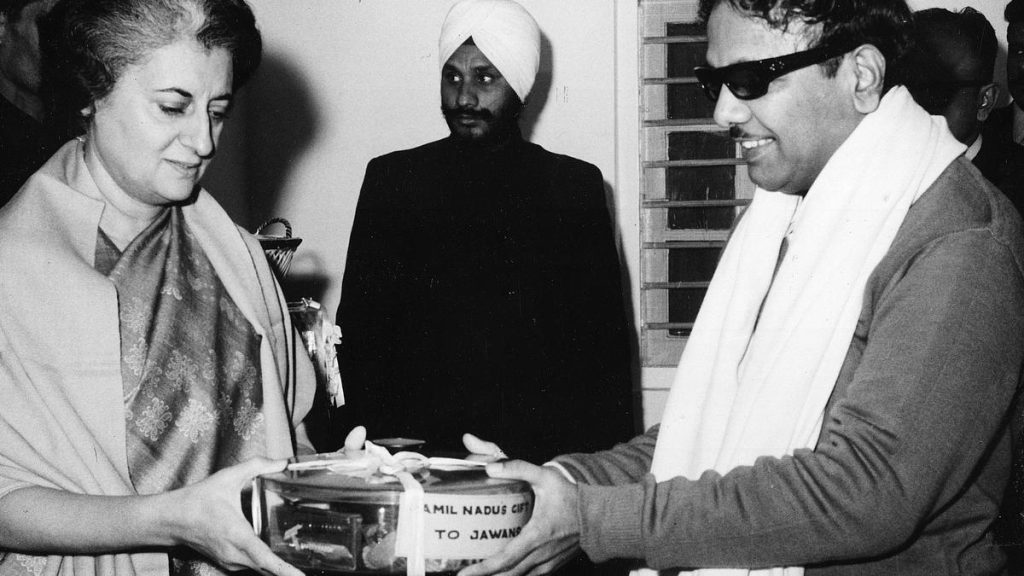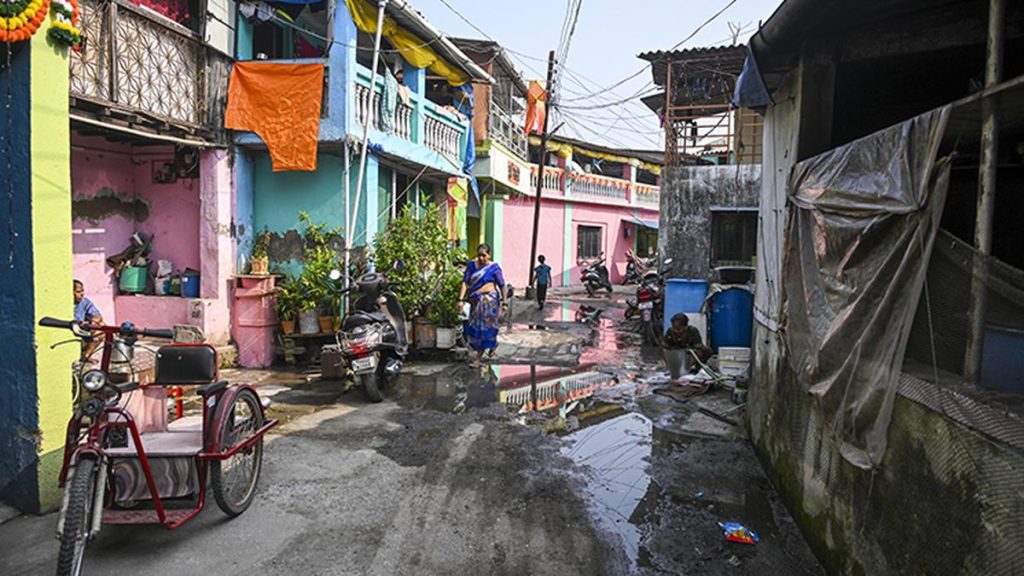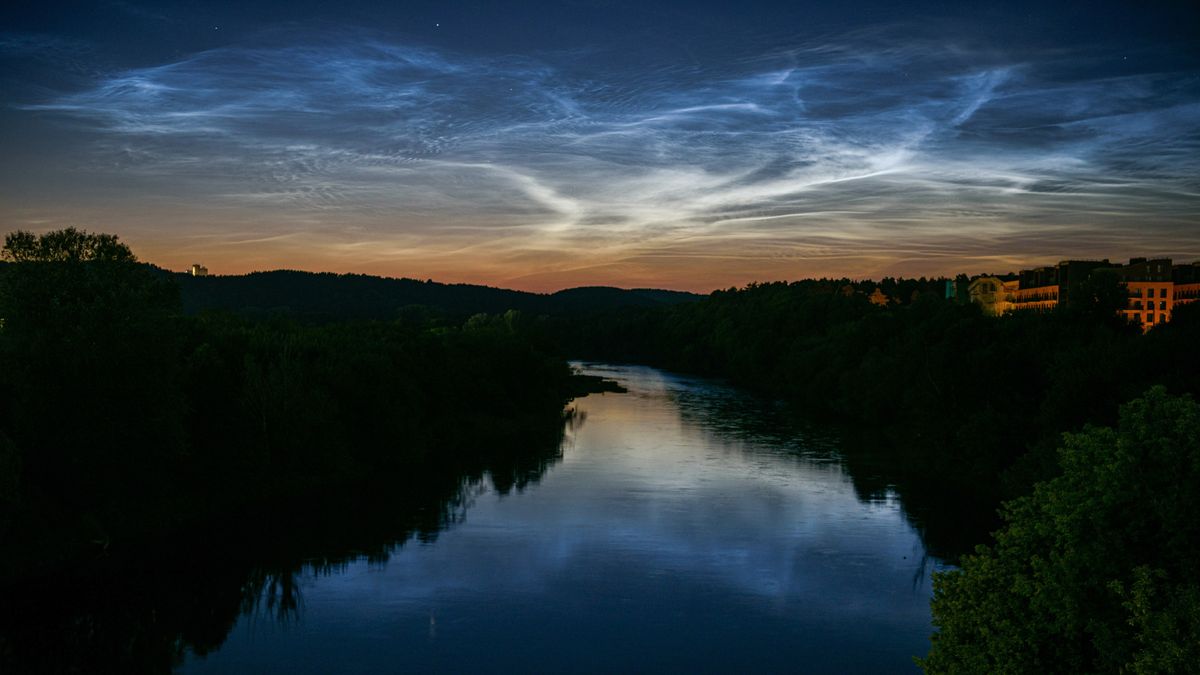Now Reading: Top Wildlife Observation Gear for 2025: From Birds to Bees
-
01
Top Wildlife Observation Gear for 2025: From Birds to Bees
Top Wildlife Observation Gear for 2025: From Birds to Bees

Quick Summary
- Engaging with nature and wildlife observation has been shown to improve well-being, supported by related research.
- Various tools like binoculars, cameras, field scopes, microphones, trail cameras, and bird identification apps enhance wildlife observation experiences.
- Featured equipment:
– Nikon Stabilized 12×25 Binoculars: Lightweight with image stabilization; good for short/long-distance views despite issues like hinge durability.
– Canon EOS R8 Camera with Telephoto lens: Compact design with fast autofocus for superior wildlife photography.
– gopro HERO13 Black: waterproof to 10 meters; captures stabilized underwater videos in high resolution (5.3k).
– Nikon Prostaff Fieldscope: Suited for low-light conditions thanks to its large objective lens.
– Bushnell Core S-4K Trail Camera: Long night range of up to 110 ft paired with crisp video recording in low light settings.
– Parabolic Microphone Monocular: dual-function as a monocular and microphone-ideal for detailed sound capture scenarios.
- Other recommended tools include the Merlin Bird ID app (bird identification via photo/audio), Bushnell GPS unit for tracking routes while hiking, precision compasses durable enough for environmental extremes.
Indian Opinion Analysis
India’s diverse ecosystems provide ample opportunities for engaging in wildlife observation activities akin to those highlighted here through advanced technologies. With biodiversity hotspots such as the Western Ghats or Sundarbans under increasing pressure from urbanization and climate change impacts-it becomes critical how such devices can foster ecological awareness among citizens aiming at conservation efforts through engagement capturing details at species micro-level within thier habitats locallyQuick Summary:
- Canon EOS R8 Camera: Lightweight (414 g), ideal for traveling and wildlife photography with specs like 24.2 MP resolution, 40 FPS burst rate, and impressive animal autofocus but lacks in-body image stabilization and full weather sealing. Performs well in low-light conditions; suitable for beginners and professionals alike.
- GoPro Hero 13: Features waterproofing to 10 m, high-resolution video capture at 5.3K, Burst Slo-Mo capability, and HyperSmooth video stabilization but struggles with low-light footage; mixed reviews on battery efficiency despite upgraded Enduro Battery.
- Nikon Prostaff 5 Fieldscope 60-A: Offers clear imaging through chromatic aberration control, waterproof up to a meter for short durations, ergonomic design suited for long wildlife observation periods; entry-level field scope best for beginners rather than advanced users.
- Bushnell core S-4K no Glow Trail Camera: ideal camouflage design with “No Glow” infrared flash (110 ft night range advertised), solar compatibility available alongside AA batteries; best suited for slow-moving animals while being water-resistant rather than waterproof.Mixed results reported regarding night vision sensitivity at distance beyond typical usage ranges (~30 ft).
- Parabolic Microphone Monocular: Dual functionality microphone & scoped monocular capable of capturing faint animal sounds within approximately a radius limit reaching close detecting abilities outlined fuller outlined
Quick Summary
- Merlin Bird ID App:
– Developed by Cornell University for bird identification via sound and photo input.- Available globally but the sound ID function is limited to specific regions, including India.
– Identifies bird species, stores recordings with location metadata, and allows users to build a personal birdwatching log.
- Key Features:
– Free app compatible with iOS and Android; works offline in supported regions.
– Community-driven AI learning enhances identification accuracy.
- Limitations:
– Mimicking birds can cause inaccuracies in identification.
– Sound ID functionality not fully available worldwide.
read More at: Source URL
Indian Opinion Analysis
India’s inclusion in the Merlin Bird ID App’s ecosystem reflects growing global integration of technologies into biodiversity research. This app could bolster birdwatching as an eco-tourism activity while encouraging citizen-science contributions. As individuals upload recordings or photos of birds, it aids scientific study and fosters awareness about local ecology among Indians. However, the limitation of its sound ID function affects usability in diverse habitats across various Indian states.
Such tools align well with India’s conservation goals but underscore the need for higher investment into locally tailored biodiversity technologies and increased engagement from citizens. While promising, it remains unclear how effectively this can complement existing efforts like ‘Digital india’ initiatives without targeted accessibility improvements.
అQuick summary
- Product Overview:
The Queuerpt precision Professional Military Compass is a durable, weather-resistant, and steel-and-glass constructed navigation tool. it includes features such as temperature resistance, waterproofing, and glow-in-the-dark dials for low-light conditions.
- Specifications:
– Dimensions: 7.6 x 6.6 x 0.10 cm / 2.99 x 2.6 x 0.04 inches
– Weight: 295 g / 0.65 lbs
– Color: army Green
- Key Features:
– Portable design with included cloth bag and rope for ease of carrying.
– Additional functionalities such as slope measurement and gradient inclination for advanced users.
– magnifying glass feature supports precise orientation.
- Advantages:
+ Durable construction suitable for tough environments (steel vs plastic).
+ Weather-resistant; reliable in extreme conditions like rain or varying temperatures.
- Drawbacks:
– Heavier than typical compasses due to solid metal build.
– more suited to experienced users due to advanced navigational tools.
indian Opinion Analysis
The Queuerpt Precision Professional Military Compass reflects ongoing demand for traditional navigation equipment amidst rising dependence on digital systems in outdoor pursuits like wildlife observations and hiking expeditions-especially when GPS devices may fail due to signal loss or battery depletion under remote circumstances.
India’s growing interest in eco-tourism could see tools like this compass gain utility among trekkers navigating areas such as the Western Ghats or Himalayas where rugged terrains demand reliable technology-free options. Additionally, its durability aligns with the need for longer-lasting products capable of enduring varied Indian climatic conditions from monsoons to arid zones.
Though, as urbanization progresses and technology penetrates deeper into these domains, adopting user-friendly designs that cater also to novice adventurers may broaden its appeal amongst India’s expanding demographic exploring nature-based activities.

























